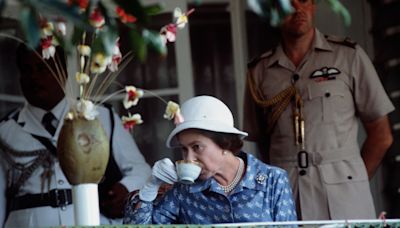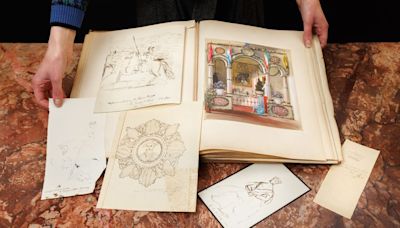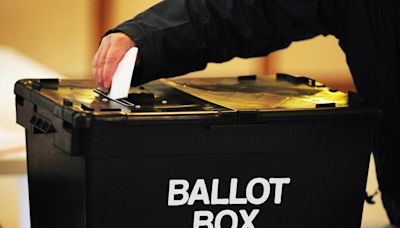Search results
George I (George Louis; German: Georg Ludwig; 28 May 1660 – 11 June 1727) was King of Great Britain and Ireland from 1 August 1714 and ruler of the Electorate of Hanover within the Holy Roman Empire from 23 January 1698 until his death in 1727.
Jan 18, 2023 · George I of Great Britain (r. 1714-1727) succeeded the last of the Stuart monarchs, Queen Anne of Great Britain (r. 1702-1714) because he was Anne's nearest Protestant relative.
Jun 7, 2024 · George I was the elector of Hanover (1698–1727) and the first Hanoverian king of Great Britain (1714–27). George Louis of Brunswick-Lüneburg was the son of Ernest Augustus, elector of Hanover, and Sophia of the Palatinate, a granddaughter of King James I of England.
George I (r. 1714-1727) As Sophia, Electress of Hanover, had died two months before Queen Anne's death in August 1714, Sophia's eldest son George, Elector of Hanover, inherited the throne under the Act of Settlement of 1701. There were some 50 Roman Catholic relatives with stronger claims.
Read a biography about King George I the first Hanoverian king of Great Britain. Discover why he was unpopular in England throughout his life.
May 8, 2018 · George was the eldest son of Ernest Augustus, elector of Hanover (1692–8), and of Sophia, granddaughter of James I of England, who herself became heir to the British throne by the 1701 Act of Settlement. She died on 8 June 1714, and George succeeded peacefully on 1 August upon the death of Queen Anne.
The first Hanoverian king of Great Britain, George was the first English monarch whose claim to the throne depended upon an act of Parliament… Jessica Brain. 11 min read. In 1714, the ascendancy of King George I marked the beginning of the House of Hanover in the British monarchy. His life began in Germany.






